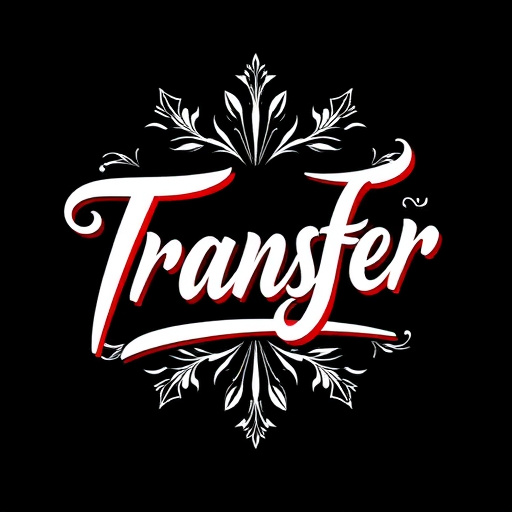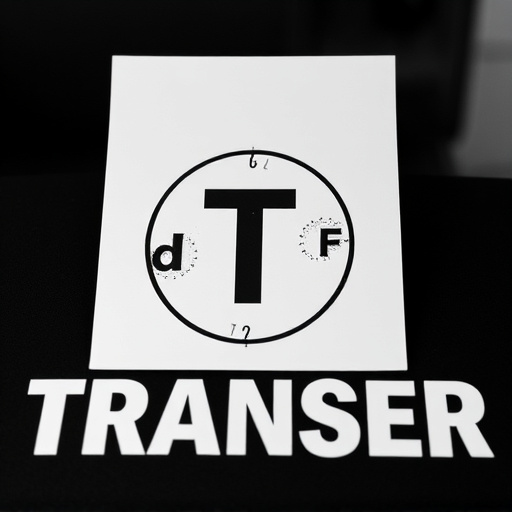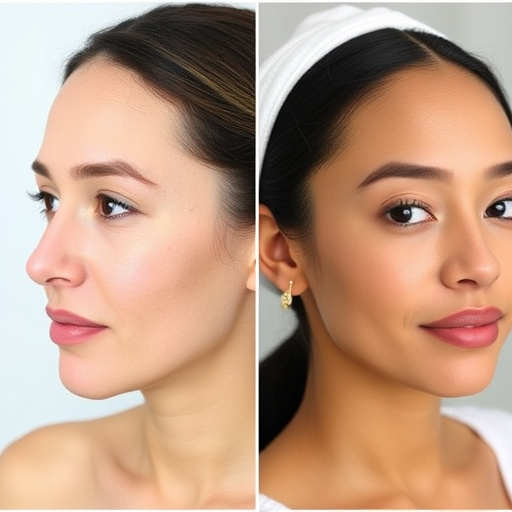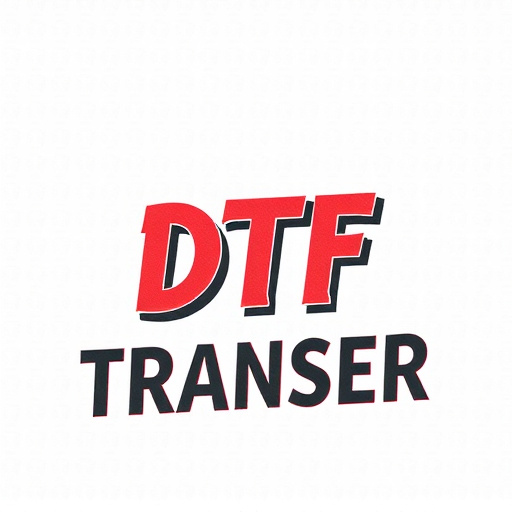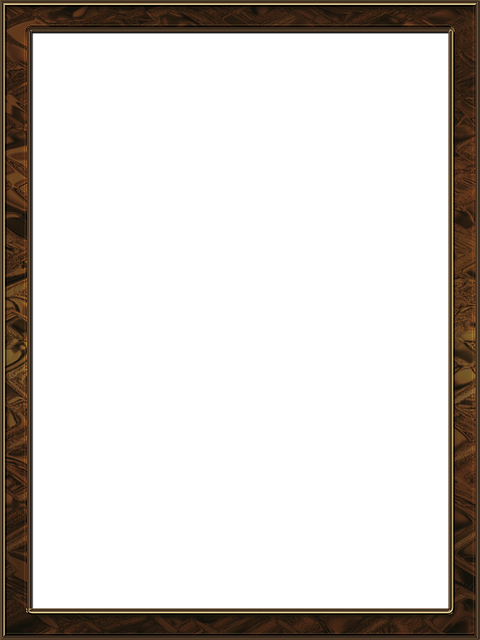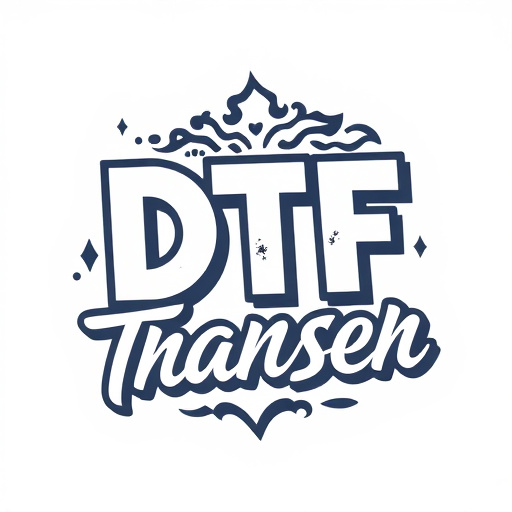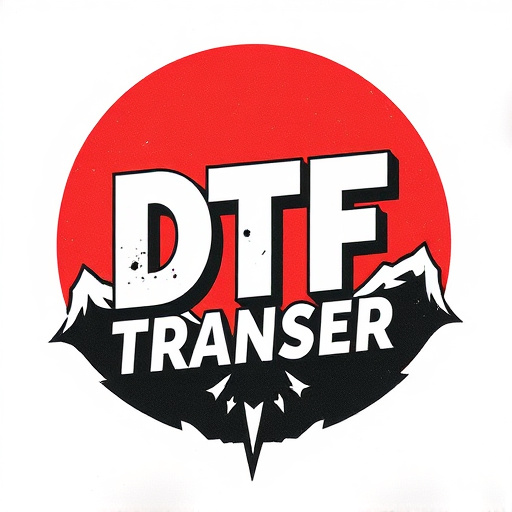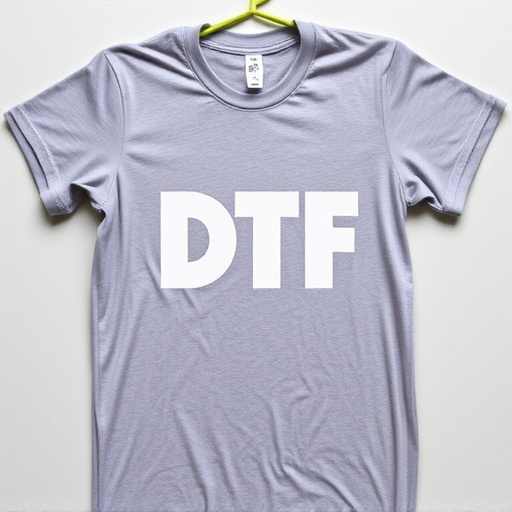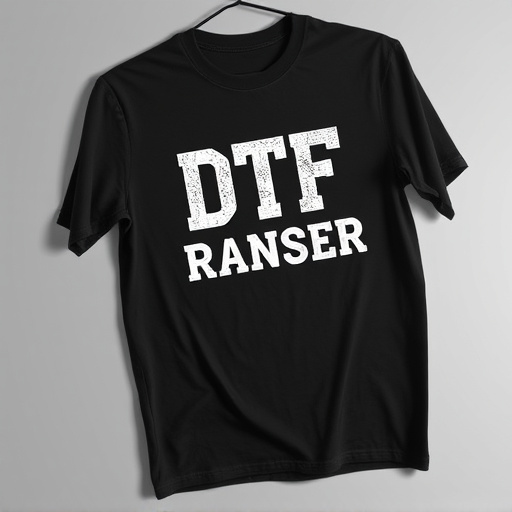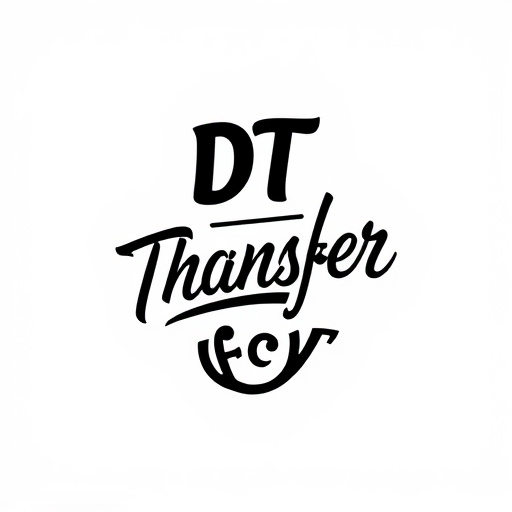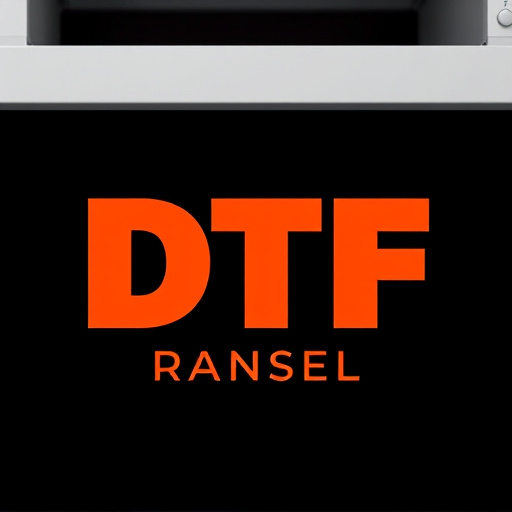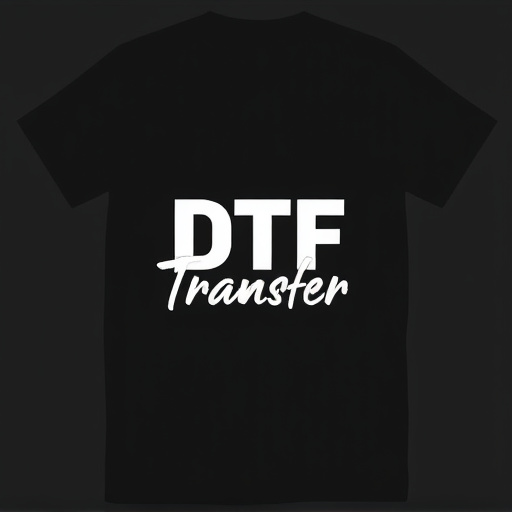DTF (Direct to Fabric) transfer printing is revolutionizing material production with exceptional quality and durability for fabric designs. This innovative process directly applies ink to fabric, creating vibrant, precise DTF prints that maintain integrity with movement. Applications range from clothing and accessories to home decor, catering to materials requiring both style and functionality. In print and packaging, DTF transfers have enhanced versatility in stretchy fabrics, enabling intricate designs across various sectors. This method offers unparalleled flexibility, colorfastness, and accuracy, eliminating traditional screen printing methods. The future of flexible film transfers looks bright with DTF Printing leading the way, promising intricate patterns, vibrant colors, and personalized designs while preserving comfort and flexibility.
“Unleash the potential of flexible design with DTF (Direct-to-Textile) transfers—a revolutionary printing technique. This article explores how DTF allows for dynamic prints on stretchy fabrics, opening doors to innovative customization. From fashion’s cutting edge to personalized items, DTF prints bring designs to life in ways traditional methods can’t match. We’ll delve into the versatility, advantages, and future trends of this game-changing technology, providing a comprehensive guide to DTF transfer’s impact on today’s design landscape.”
- Understanding DTF Transfers: A Revolutionary Printing Technique
- The Versatility of Stretchy Fabrics in DTF Printing
- How DTF Prints Bring Designs to Life on Flexible Materials
- Applications of DTF Transfer: From Fashion to Customization
- Advantages and Considerations for DTF Printing Technologies
- Future Prospects: Evolving Trends in Flexible Film Transfers
Understanding DTF Transfers: A Revolutionary Printing Technique
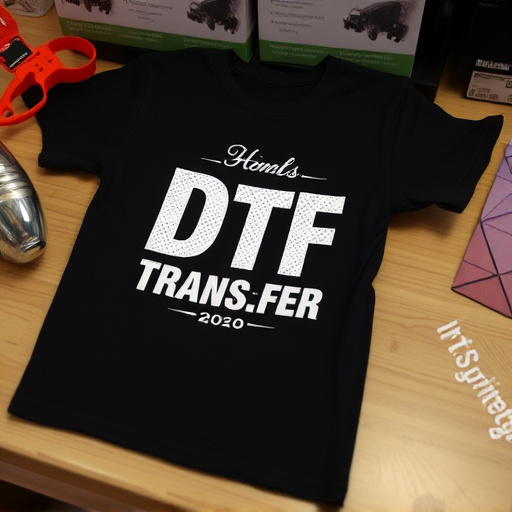
The world of printing and material production is constantly evolving, and one groundbreaking technique that has gained significant attention is the DTF Transfer (Direct to Fabric). This innovative process has revolutionized the way we create prints on flexible materials, especially stretchy fabrics. By employing DTF Printing, manufacturers can achieve exceptional quality and durability in fabric designs.
With a DTF Transfer, ink is directly applied to the fabric surface, allowing for vibrant and precise DTF Prints. This method moves beyond traditional printing techniques by accommodating the stretch and flexibility of fabrics, ensuring the design remains intact even with movement. It offers a wide range of applications, from clothing and accessories to home decor, where materials need to be both stylish and functional.
The Versatility of Stretchy Fabrics in DTF Printing
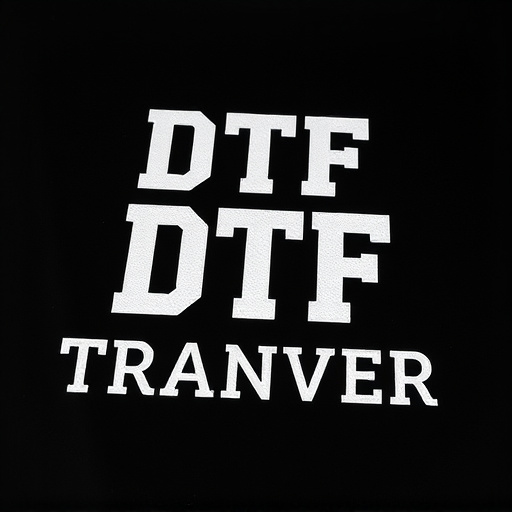
In the realm of print and packaging, the versatility of stretchy fabrics has been revolutionized by DTF (Direct to Fabric) transfers. This innovative printing method allows for the application of intricate designs and graphics directly onto elasticized materials, opening up a world of possibilities in various industries. From fashion to sportswear, DTF Printing offers an unparalleled level of flexibility, enabling brands to create unique, dynamic, and durable prints that move with the fabric.
The beauty of DTF Transfers lies in their ability to maintain vibrancy and clarity even when stretched. This is achieved through specialized inks and application techniques that bond strongly to the fabric’s surface, ensuring long-lasting colorfastness. As a result, brands can produce high-quality, personalized products with designs that conform to the fabric’s shape, creating a visually appealing and comfortable end product.
How DTF Prints Bring Designs to Life on Flexible Materials
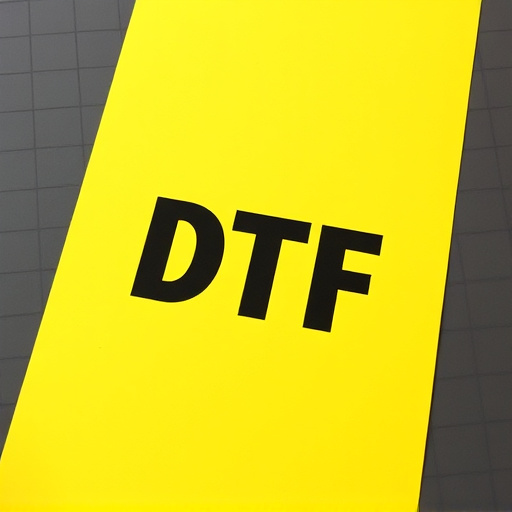
Direct-to-film (DTF) prints have revolutionized the way we bring designs to life on flexible materials. This innovative technique allows for high-quality, detailed patterns to be applied directly onto stretchy fabrics, such as clothing and accessories. By eliminating the need for traditional screen printing methods, DTF transfers offer a more efficient and versatile solution for brands looking to create unique, customizable products.
With DTF Printing, designs are precisely transferred from a film substrate onto the desired fabric using heat and pressure. This process ensures that every intricate detail is accurately replicated, resulting in vibrant, long-lasting prints that move and stretch with the fabric. The flexibility of DTF Transfers opens up endless possibilities for designers, enabling them to create dynamic and visually appealing garments that cater to active lifestyles and modern fashion trends.
Applications of DTF Transfer: From Fashion to Customization

The DTF Transfer (Direct to Fabric) process has revolutionized the way we approach clothing and textile design, offering a plethora of creative applications. This innovative technique allows for high-quality printing directly onto stretchy fabrics, opening up a world of possibilities for fashion designers and enthusiasts alike. From designing unique, one-of-a-kind garments to enabling mass customization, DTF Printing has made its mark in various industries.
In the fashion realm, DTF Transfers are used to create eye-catching, personalized outfits. Designers can easily incorporate intricate patterns, graphics, and text directly onto fabrics, resulting in stunning, custom-made pieces. This technology also caters to individuals seeking unique expressions through their attire, allowing them to transform ordinary clothes into extraordinary statements. Moreover, the adaptability of DTF Prints extends beyond fashion, enabling the creation of specialized gear for sports, activewear, and even medical garments, where comfort and stretch are paramount.
Advantages and Considerations for DTF Printing Technologies
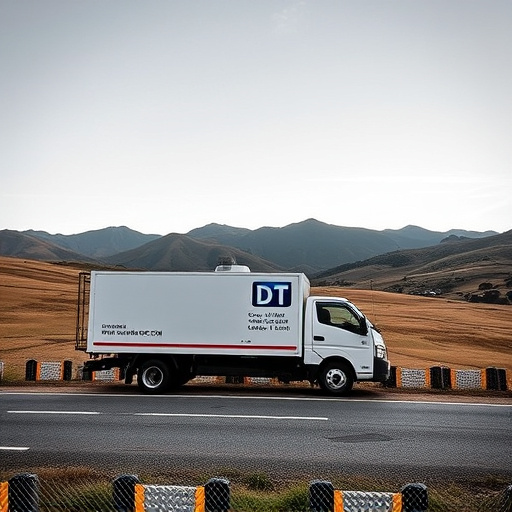
Flexible film transfers, like DTF (Direct to Fabric) printing technologies, offer a range of advantages for creating prints on stretchy fabrics. One of the key benefits is their ability to maintain vibrant colors and detailed images even when the fabric stretches or contracts. This makes DTF ideal for activewear, sports gear, and other items that experience frequent movement. Additionally, DTF prints provide a soft touch and excellent durability, ensuring the design remains intact after numerous washes and uses.
However, there are considerations to keep in mind. The setup process can be more complex compared to traditional printing methods, requiring specialized equipment and materials. Furthermore, print quality highly depends on using high-quality fabrics and inks compatible with DTF technology. Proper testing is essential to avoid color shifting or other imperfections. Despite these considerations, the versatility of DTF Printing allows for unique design possibilities, making it a preferred choice for many modern textile applications.
Future Prospects: Evolving Trends in Flexible Film Transfers
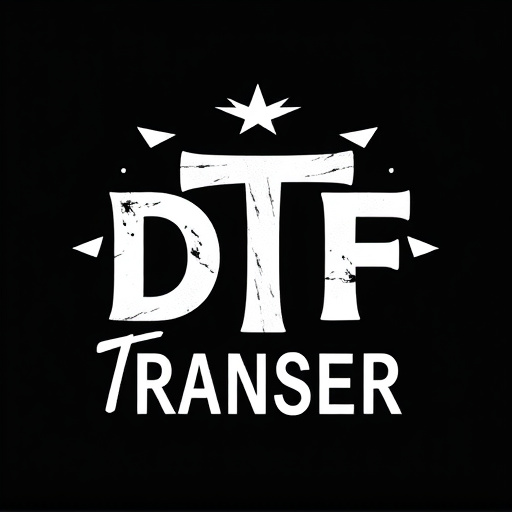
The future of flexible film transfers looks bright and dynamic, with DTF (Direct to Film) transfer technology at the forefront. As demand for innovative materials continues to grow, especially in industries like fashion, sportswear, and outdoor gear, DTF Printing offers a versatile and efficient solution. This method allows for complex designs and detailed prints on stretchy fabrics, expanding creative possibilities.
With advancements in inkjet printing, DTF Transfers are becoming increasingly durable and weather-resistant, opening up new applications beyond clothing. From accessories to home decor and even automotive interior components, the versatility of DTF Printing is expected to skyrocket. Trends suggest a move towards more intricate patterns, vibrant colors, and personalized designs, all while maintaining the flexibility and comfort that stretchy fabrics provide.
